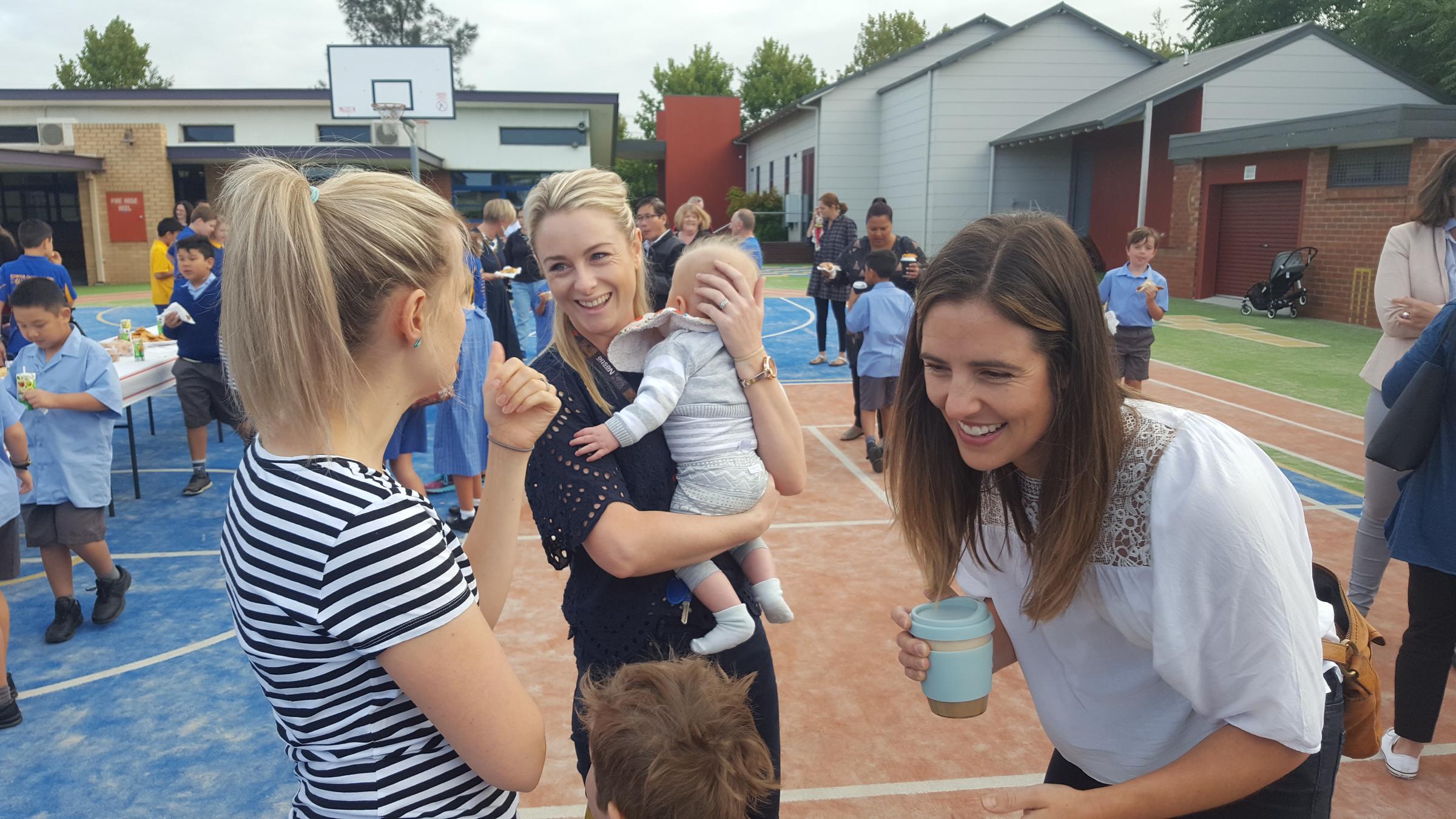Parent Partnerships

Charting a new course for kids post COVID-19
While we’ve been denied access during the COVID-19 pandemic to activities such as playing group sport, spending time in a café or meeting with friends, there’s been plenty of upside too.
Discussions with friends reveal that family life has been a big beneficiary from the physical distancing measures. Comments such as “It’s so good to slow down,” “I cherish the time I’m spending with my children,” and “I’m discovering the joy of having real conversations with my teenager” point to the positive side of getting off the family roundabout many of us have been on.
Though the restrictions placed on society are of course challenging, the imposed period of social isolation has provided an opportunity for parents to forge new habits that have potential to bring more joy and less stress to their children’s lives once the threat has subsided. Here are some ideas to consider while charting a new course for kids post COVID-19.
Significant personal hobbies
Our previous reliance on organised, adult-initiated activity to keep kids busy came at the expense of child-initiated hobbies and interests. The rise of personal digital entertainment and communication technology in recent years has also contributed to the demise of hands-on hobbies such as collecting, crafts and music.
The Scandinavians have long valued the positive impact of hobbies on a person’s wellbeing and quality of life. In turn they encourage (and in Sweden’s case heavily subsidise) the uptake of hobbies and personal interests from a very young age.
Personal learning centres
Experts agree that the future of work will be characterised by constant change, requiring workers to continually learn and upskill if they are to adapt. Our children will need to see themselves as continuous learners if they are to succeed in this uncertain future.
The home is a great place to plant this concept in young minds and there’s no better way to do this than establishing their own personal learning centre. Start small with a bean bag, a small book shelf and build from there. It’s the idea rather than the physical setting where the learning significance lays.
Mental health practices
This period in isolation has offered an opportunity to embed good mental health practices in children and young people. Three key health practices to continue include healthy eating, plenty of exercise and good sleep patterns. Add regular mindfulness practice, deep breathing and the opportunity to spend plenty of time in nature and you’ll be establishing a strong mental health and wellbeing framework for life.
Mix of alone and group activities
Life in social isolation has meant family members have had to compromise. Extroverts who love to be surrounded by people have had to give parents and siblings the space they need. Introverts who prefer their own company have been sharing their time, space and company with other family members. Post COVID-19, consider encouraging kids to experience a mixture of alone time, allowing for personal reflection and family time, which promotes family connection. Both are essential for healthy wellbeing.
Deep eldership connection
Increased one-on-one time between parents and kids has been a positive side effect of life in social isolation. The opportunity for parents to connect with children and young people with greater depth and meaning is a return to eldership, practised by past generations. Eldership, where parents shared their wisdom and their vulnerabilities with young people, when combined with healthy rites of passage is a time-honoured way of preparing young people for adulthood.
This period of social isolation has provided a rare opportunity for parents to renew and refresh their children’s lifestyles, and in some circumstances, reboot family lives as well. It would be a waste to climb back on the busy roundabout of life once the COVID-19 pandemic has subsided, without making some positive changes to the way we live.


